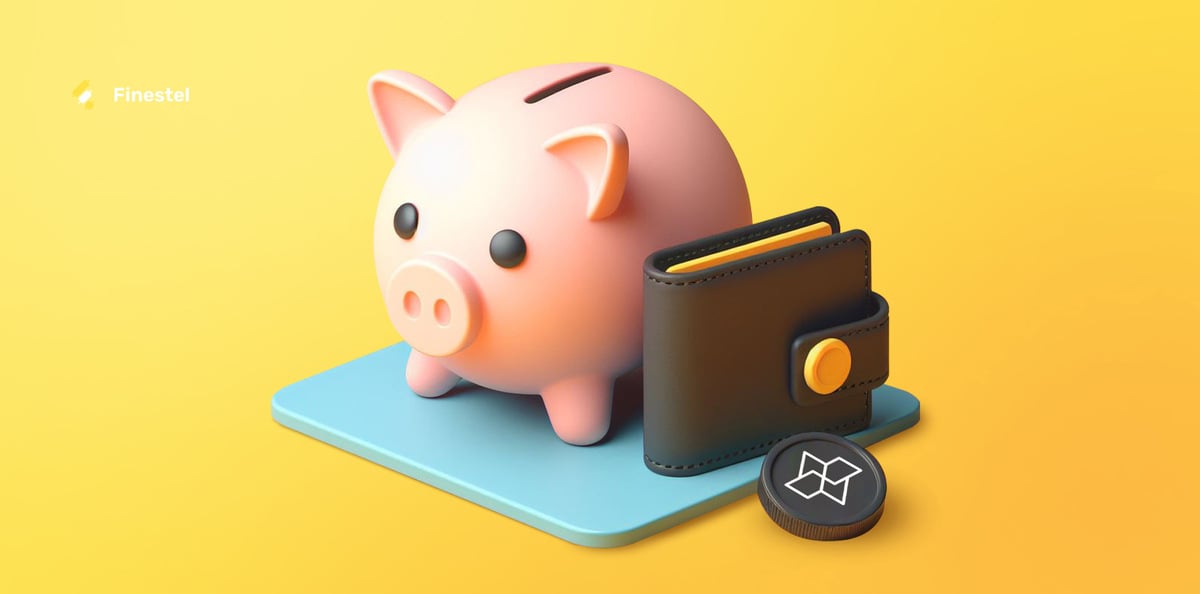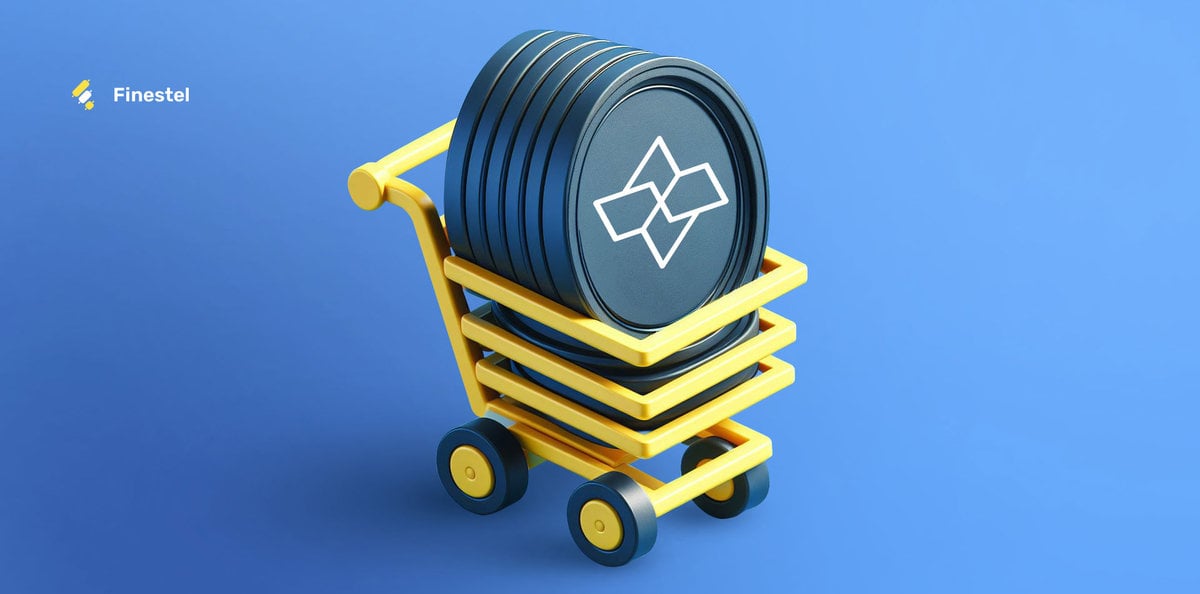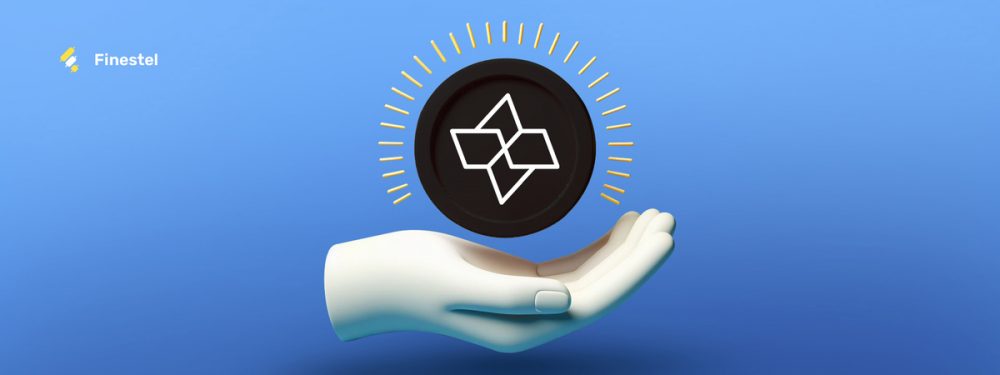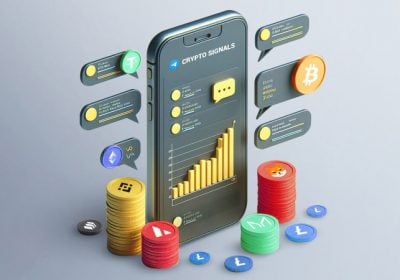The world of decentralized applications (dApps) holds immense promise, but these groundbreaking apps still face barriers to mainstream adoption. Slow speeds, poor user experience, and high costs hamper many dApps built directly on blockchains. Now the Cartesi crypto platform offers a breakthrough solution – enabling developers to build feature-rich dApps that fully harness blockchain’s advantages without the typical limitations.
At the core of Cartesi is an innovative Linux-based processing engine optimized for blockchain workloads. By offloading computation off-chain, it overcomes scalability bottlenecks. An optimistic rollup architecture further reduces fees and latency while ensuring security through novel dispute resolution. This opens the door for previously unimaginable dApps with compelling user experiences. Whether for immersive gaming, precision analytics, or enterprise transformation – Cartesi provides the missing link to propel blockchain adoption across industries.
This guide by Finestel explores how Cartesi unlocks decentralized apps’ full potential by tackling endemic blockchain limitations. We detail Cartesi’s Linux cloud engine that allows intensive dApp processing off-chain, overcoming scalability bottlenecks. We examine how its optimistic rollups architecture reduces fees and latency tenfold while guaranteeing security. Most importantly, we highlight how these innovations enable practical, real-world dApps with uncompromising user experiences across gaming, machine learning, enterprise platforms and other emerging uses. Read on to discover how Cartesi provides the missing link to supercharge comprehensive blockchain adoption spanning industries.
What is Cartesi Crypto?
Cartesi is a platform that aims to make decentralized applications (dApps) more scalable, secure, and user-friendly by using a Linux-based virtual machine and optimistic rollups. Cartesi allows developers to use mainstream programming tools and libraries to create complex and computationally intensive dApps without compromising on decentralization or paying high fees.

Cartesi also offers a modular and flexible solution that can be deployed as a layer two, a layer three, or as a sovereign rollup, depending on the needs of the dApp. Cartesi has its utility token, CTSI, which is used for staking, governance, and as a crypto fuel for Noether, a side-chain for temporary data availability. Cartesi aims to bring impossible ideas to life by fostering innovation, collaboration, and experimentation in the Web3 space.
Read more about the latest popular tokens, such as Ace token, and JTO crypto, and Sleepless ai token.
How Cartesi Unlocks Mainstream dApp Adoption
Cartesi uses a Linux-based virtual machine, called the Cartesi Machine, to run dApps in a secure and isolated environment. The Cartesi Machine can execute any program that can run on a Linux system, such as Python, C++, or SQL. This means that developers can use familiar and powerful tools to build dApps, without having to learn new languages or frameworks. The Cartesi Machine also supports large-scale computations and data processing, which are usually difficult or expensive to perform on blockchains.

It also uses optimistic rollups, a layer two scaling technique, to reduce the load on the main blockchain and lower the gas costs. Optimistic rollups work by bundling multiple transactions into a single batch and submitting them to the main chain as compressed proof. The proof is assumed to be valid unless someone challenges it within a certain period of time. If a challenge occurs, the Cartesi Machine can verify the correctness of the proof and settle the dispute. This way, Cartesi can achieve high throughput and low latency, while maintaining the security and finality of the main chain.
Modular Architecture for Customization
The Cartesi platform offers great flexibility to developers through its modular architectural design. DApps can be deployed in different layered configurations depending on the specific demands at hand. For example, a dApp can be built as a layer 2 inheriting the consensus security of an existing blockchain like Ethereum. Or it can run fully self-contained as a sovereign rollup application on a purpose-built Cartesi chain. This adaptability enables finely tuned trade-offs between scalability, decentralization, and security.
Through these capabilities, Cartesi brings previously impossible dApp ambitions closer to reality. With mainstream programming languages, high computation throughput, and modular flexibility, developers now have an advanced toolbox to drive innovation on blockchain like never before.
Cartesi’s Team and Founders
Cartesi was founded in 2018 by a team of experienced engineers, researchers, and entrepreneurs who share a vision of bridging the gap between the blockchain and the real world. The team is led by Erick de Moura, the CEO and co-founder, who has over 20 years of experience in software development and management. Erick is joined by Augusto Teixeira, the Chief Scientific Officer and co-founder, who is a leading expert in cryptography and game theory.
The other co-founders are Diego Nehab, the Principal Engineer, who is a senior researcher at IMPA and a former software engineer at Google and Microsoft, and Colin Steil, the Chief Operating Officer, who is a serial entrepreneur and investor in the blockchain space. The team also consists of other talented and passionate professionals from various backgrounds and disciplines, such as software engineering, mathematics, physics, economics, and marketing.
Catersi’s Vast New Use Case Potential for High-Compute dApps
With bottleneck breakthroughs in scalability, fees, and user experience – the door is wide open for sophisticated decentralized apps. Cartesi enables expansive new use cases from AAA-quality gaming to precision ML analytics to enterprise platforms.

Unleashing the Potential of Blockchain Gaming
Cartesi allows game developers to integrate the transparency and asset ownership of blockchain into immersive, high-performance games. For example, the Descarte SDK powered by Cartesi facilitates building decentralized games with mainstream game engines like Unity. And Cartesi hosts the Creol platform where users can collaboratively create and play educational simulations focused on real-world issues.
Enhancing dApps with Privacy-Preserving Machine Learning
Developers can implement machine learning predictions and insights into their decentralized apps while keeping data fully encrypted. Cartesi avoids exposing sensitive data to third parties. Use cases range from satellite imagery analytics to reputation algorithms. Through Descartes Labs, Cartesi provides agriculture and environmental ML solutions. An integration with Cardano explores decentralized identity and reputation powered by machine learning.
Driving Enterprise Blockchain Adoption
Cartesi allows enterprises to realize the benefits of blockchain like transparency, auditability, and data integrity without typical limitations around scalability, privacy, and regulatory compliance. For example, Cartesi works with Ethereum leader ConsenSys to enable complex enterprise dApps that can handle substantial workloads. A collaboration with Binance Smart Chain provides access to an ecosystem of fast, inexpensive DeFi and NFT dApps.
The unique capabilities opened up by Cartesi aim to accelerate innovation across blockchain’s expanding frontiers – from interactive consumer experiences to precision analytics to revolutionizing global business.
Key Pros
- Broad Compatibility – Integrates with many major blockchains and programming languages for wide accessibility
- Breakthrough Scalability – Innovative rollup architecture can process millions of TPS without decentralization tradeoffs
- Powerful Use Cases Unlocked – Enables whole new categories of high-compute dApps like AI, gaming, simulations etc.
- Fosters Experimentation – Flexible infrastructure allows developers to tap full potential of blockchain
Potential Cons
- Design Complexity – Many modular components increase attack surfaces and technical risk
- Production Uncertainty – As an emerging platform, still unproven in large-scale commercial deployments
- Competitive Pressures – Faces competition from other Layer 2/sidechain projects in a fast-moving market
- Community Alignment – User preferences and demands may not always align with project’s technical vision
While Cartesi offers breakthrough capabilities, as with any ambitious new platform, there are also engineering and go-to-market uncertainties. However, the team is actively mitigating these risks through rigorous testing, strategic partnerships, and maintaining strong community dialogue. Overall, Cartesi’s innovative approach has the potential to uniquely expand blockchain’s possibilities across industries.
Cartesi Crypto Tokenomics Power Platform Growth
The Cartesi platform has a native utility token, CTSI, that plays a multifaceted role in aligning incentives, securing the network, governing decisions, and driving overall platform utilization.
Key Cartesi Crypto Utilities
Staking & Consensus CTSI holders can stake tokens to earn rewards for providing infrastructure security services like computation, data availability, and dispute resolution. Staking reinforces honesty and contribution.
Network Governance CTSI also confers voting power to participate in platform governance around parameters, upgrades, and other strategic decisions.
Crypto Fuel On the Noether side chain, CTSI pays for off-chain data storage/retrieval as a “crypto fuel” and incentives providers.
As adoption grows, demand for these interlocking token utilities increases.
Aligned Incentives & Distribution
CTSI has:
- Fixed Supply – 1 billion units created initially
- No Inflation – Enhances scarcity value over time
- Structured Allocations – 40% mining reserves, 20% team, etc. with vesting
This well-designed structure nurtures long-term alignment between the platform and token holders.
Exchange Listings & Market Traction
- Major Exchange Listings – CTSI is now traded on venues like Binance and Coinbase
- $200M+ Market Cap – Strong organic investor interest exists
Broad accessibility helps drive network effects and greater value capture for the token.
With its multifaceted utility and aligned incentives, CTSI is positioned to power sustainable growth as Cartesi scales to meet diverse blockchain application needs.
How to Buy CTSI Token?
There are several ways to buy CTSI tokens, depending on your preferences and location. Here are some of the most popular options:

1. Kraken
Kraken: Kraken is one of the largest and most reputable crypto exchanges in the world. Kraken offers a wide range of trading pairs, advanced tools, and high security. To buy CTSI on Kraken, you need to create an account, verify your identity, deposit funds, and search for CTSI in the list of assets. You can then buy CTSI with various fiat or crypto currencies2.
2. Coinbase
Coinbase: Coinbase is another leading crypto exchange that is widely used by beginners and experts alike. Coinbase offers a simple and intuitive interface, a variety of payment methods, and a secure wallet. To buy CTSI on Coinbase, you need to create an account, verify your identity, deposit funds, and search for CTSI in the list of assets. You can then buy CTSI with your local currency or other crypto currencies3.
These are just some of the platforms where you can buy CTSI tokens. You can also explore other options, such as Binance, KuCoin, or Uniswap, depending on your preferences and availability. Before you buy CTSI tokens, make sure you do your own research, understand the risks, and follow the best practices of crypto trading.
Conclusion
Cartesi is a platform that aims to make decentralized applications (dApps) more scalable, secure, and user-friendly by using a Linux-based virtual machine and optimistic rollups. Cartesi allows developers to use mainstream programming tools and libraries to create complex and computationally intensive dApps without compromising on decentralization or paying high fees.
It also offers a modular and flexible solution that can be deployed as a layer two, a layer three, or as a sovereign rollup, depending on the needs of the dApp. Cartesi has its own utility token, CTSI, which is used for staking, and governance, and as a crypto-fuel for Noether, a side-chain for temporary data availability. Cartesi enables a wide range of use cases that were previously impossible or impractical to implement on blockchains, such as gaming, machine learning, or enterprise.
Cartesi crypto also has some challenges and risks, such as complexity and competition, that it needs to overcome to achieve its vision of bridging the gap between the blockchain and the real world. Cartesi is a project that is worth following and supporting, as it has the potential to revolutionize the Web3 space and bring impossible ideas to life.





Leave a Reply